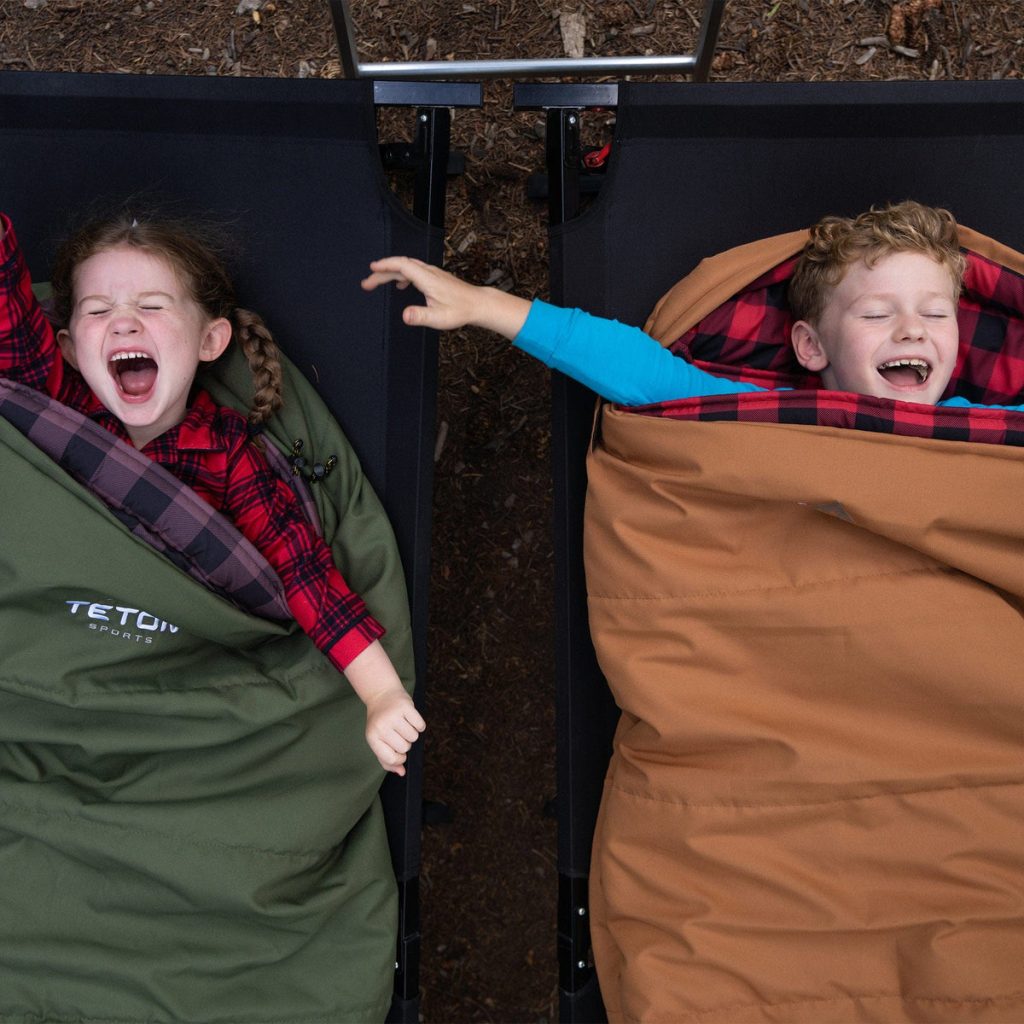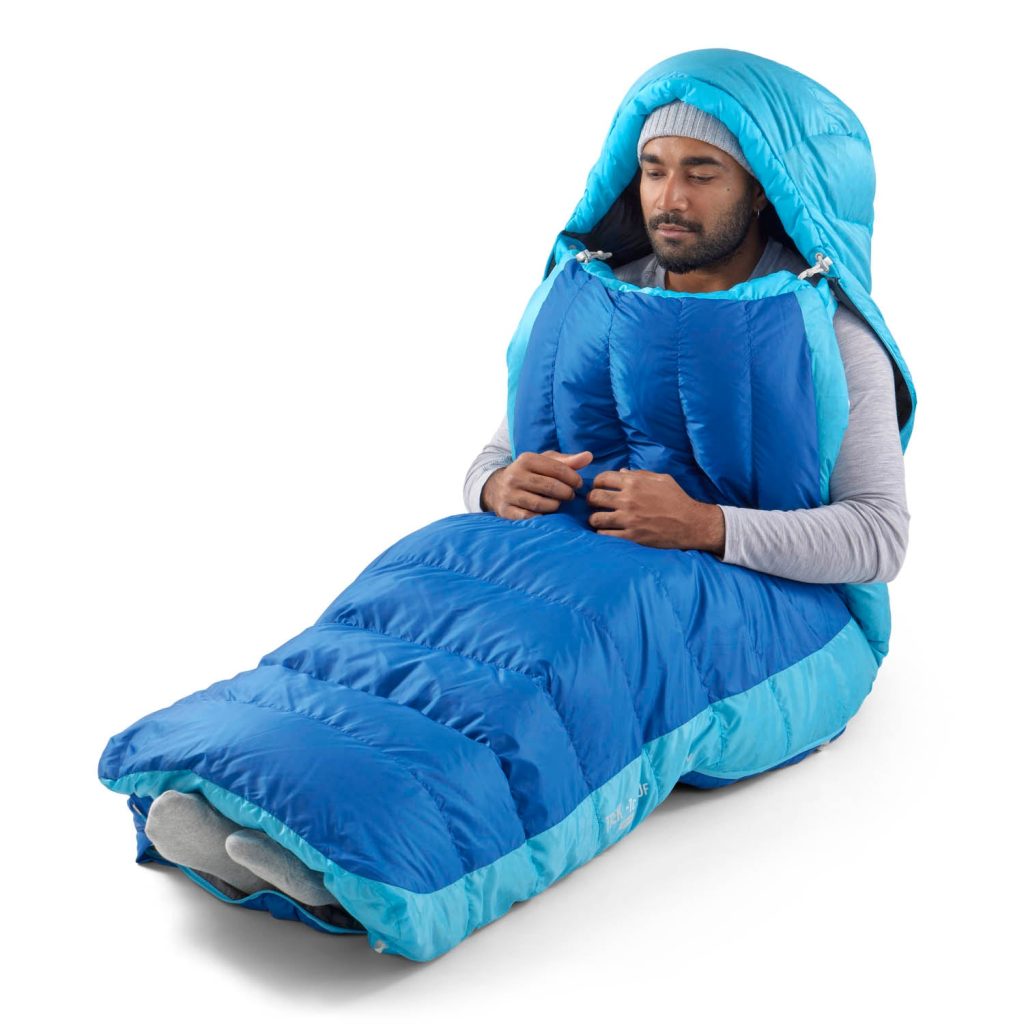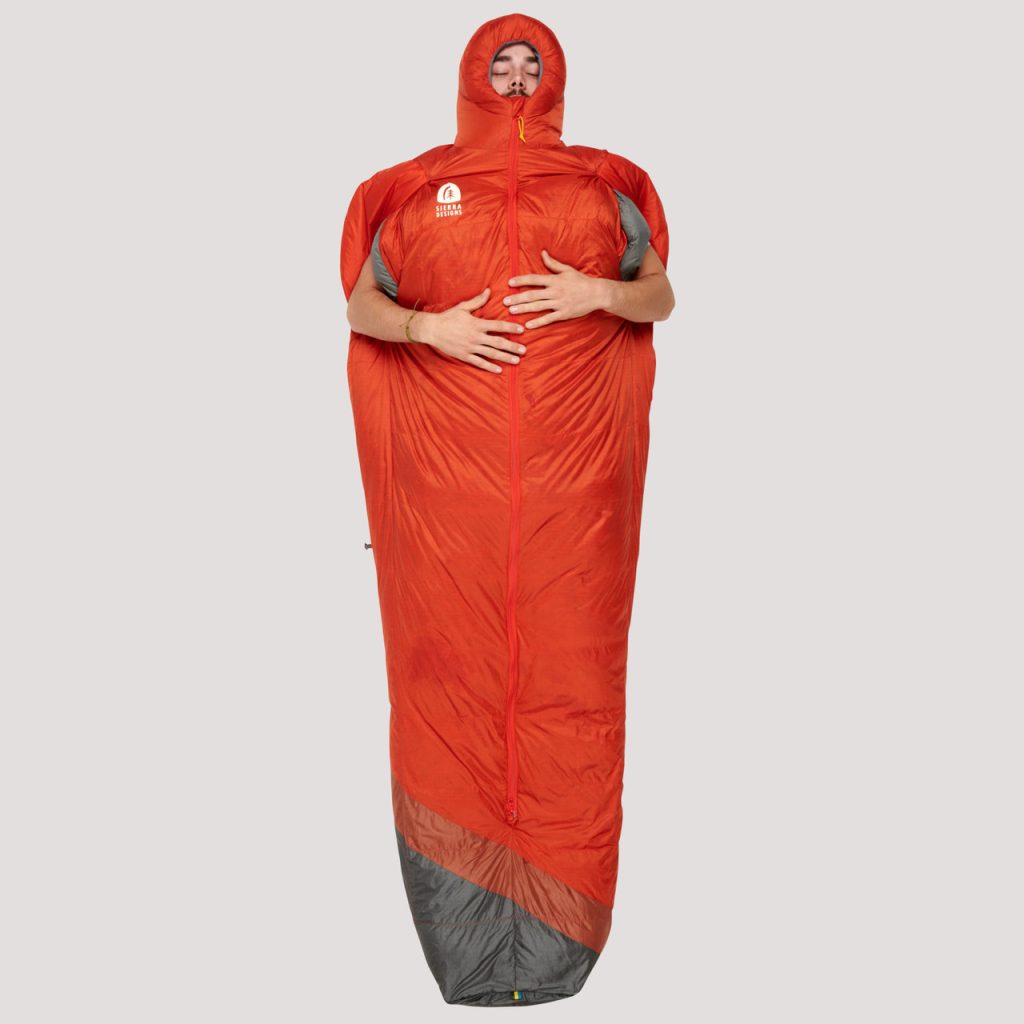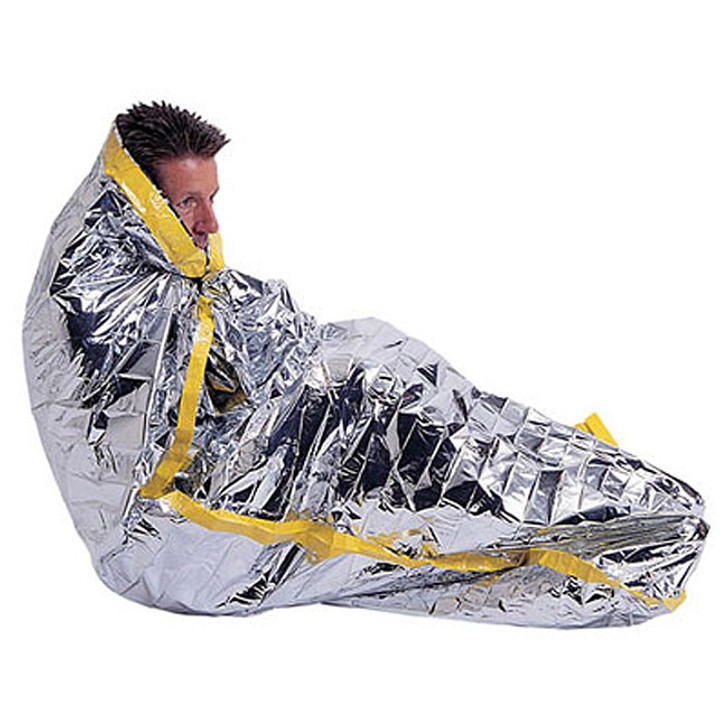Introduction to Sleeping Bags
The Importance of a Good Sleeping Bag
A quality sleeping bag is essential for outdoor adventures, providing warmth, comfort, and protection from the elements. Whether you’re camping, hiking, or backpacking, a sleeping bag ensures a restful night’s sleep, crucial for energy and enjoyment during your trip. Choosing the right sleeping bag can enhance your outdoor experience, making it an indispensable piece of gear for both novice and experienced adventurers.
Evolution and Innovation
The design of sleeping bags has evolved significantly over time, adapting to advancements in materials and technology. From simple wool blankets to sophisticated synthetic and down-filled options, sleeping bags are engineered to meet various climates and terrains. Innovations like water-resistant coatings and compact, lightweight designs have transformed the sleeping bag into a versatile tool, catering to diverse needs and enhancing comfort in the great outdoors.

Types of Sleeping Bags
Down vs. Synthetic Insulation
Sleeping bags are typically insulated with either down or synthetic materials. Down insulation, made from duck or goose feathers, offers superior warmth and compressibility, making it ideal for cold conditions. However, it can lose effectiveness when wet. Synthetic insulation, on the other hand, provides reliable warmth even in damp environments and is often more affordable. Understanding these differences helps in selecting the appropriate sleeping bag for specific conditions and preferences.
Shapes and Designs
Sleeping bags come in various shapes, including mummy, rectangular, and semi-rectangular designs. Mummy bags taper towards the feet, offering maximum warmth and efficiency, suitable for colder climates. Rectangular bags provide more space and comfort, ideal for casual camping. The semi-rectangular design strikes a balance between warmth and space. Choosing the right shape depends on personal preferences and the specific requirements of your outdoor adventures.
Selecting the Right Sleeping Bag
Considering Temperature Ratings
Temperature ratings are crucial when selecting a sleeping bag, as they indicate the lowest temperature at which the bag will keep you warm. Consider the range of temperatures you’ll encounter on your trips, ensuring the sleeping bag’s rating aligns with your needs. Factors like personal tolerance to cold and the use of sleeping pads can influence warmth, so adjust your choice accordingly to ensure comfort.
Evaluating Weight and Packability
For those hiking or backpacking, the weight and packability of a sleeping bag are important considerations. Lightweight options minimize burden and make transport easier, while compact designs save space in your pack. These factors are pivotal for long treks where efficiency and convenience are key. Balancing warmth and weight ensures you have the necessary protection without compromising mobility and ease of travel.

Maintenance and Care
Cleaning and Storage
Proper cleaning and storage extend the lifespan of your sleeping bag. Follow manufacturer instructions for cleaning, avoiding harsh detergents that can harm the insulation. When not in use, store the bag loosely in a large sack or hang it to maintain loft and prevent compression. Regular maintenance ensures the sleeping bag retains its insulating properties, maximizing its longevity and performance.
Repair and Longevity
Over time, sleeping bags may encounter wear and tear, such as rips or broken zippers. Knowing basic repair techniques, like patching holes or replacing sliders, can prolong the bag’s usability. For significant damage, seek professional repair services. Regular inspections and prompt repairs protect your investment, ensuring reliable performance on every adventure.
Enhancing Comfort and Utility
Accessories and Add-ons
Enhance the functionality and comfort of your sleeping bag with various accessories. Liners add warmth and keep the interior clean, while sleeping pads provide extra insulation from the ground. A compression sack can help reduce pack size, and straps or sacks can assist with carrying. These additions tailor your sleeping setup to personal needs, optimizing your experience in different environments.
Adapting to Different Climates
Versatility in sleeping bag use is key to adapting to diverse climates. Layering with clothing, using liners, or combining with bivy sacks can extend the temperature range and improve comfort. Understanding weather patterns and planning ahead allows you to adjust your sleeping arrangements effectively, ensuring comfort and safety regardless of the conditions.

Exploring Specialty Sleeping Bags
Sleeping Bags for Extreme Conditions
For adventurers who brave extreme conditions, specialized sleeping bags offer enhanced protection and comfort. These bags are engineered with advanced insulation materials and unique construction techniques to withstand harsh temperatures, high altitudes, or humid environments. Features such as draft collars, reinforced stitching, and waterproof shells ensure maximum warmth and durability. Investing in a sleeping bag designed for extreme conditions can be life-saving, providing security and peace of mind in unpredictable climates.
Eco-Friendly and Sustainable Options
As environmental consciousness grows, so does the availability of eco-friendly sleeping bags. These are crafted from sustainable materials, such as recycled fibers and ethically sourced down, minimizing their environmental impact. Brands focused on sustainability often incorporate eco-friendly manufacturing processes and packaging as well. Choosing an eco-friendly sleeping bag aligns outdoor adventures with environmental responsibility, allowing users to enjoy nature while preserving it for future generations.
Final Thoughts: Embracing Innovation in Sleeping Bags
Sleeping bags continue to evolve, integrating new technologies and materials to meet the diverse needs of outdoor enthusiasts. By understanding the various types and features available, users can make informed decisions that enhance their comfort and safety. Whether opting for a lightweight model for summer camping or a robust design for winter expeditions, the right sleeping bag ensures a restful night under the stars. Embrace innovation and sustainability in your choice, making each outdoor adventure both enjoyable and responsible.
Influencing Factors in Sleeping Bag Selection
Adaptability and Versatility
Selecting a versatile sleeping bag ensures adaptability to different terrains and activities. Convertible sleeping bags, which allow adjustments in length or the attachment of additional components, provide flexibility across seasons and uses. These options are ideal for those who wish to invest in a single bag to cover multiple scenarios, offering both convenience and cost-effectiveness. Understanding your typical outdoor environments and activities will guide you in choosing a sleeping bag that meets diverse needs.
Brand Reputation and Innovations
Reputation is crucial when choosing a sleeping bag, as renowned brands often guarantee quality and innovative features. Brands with a strong presence in outdoor gear invest in research and development, leading to materials and technologies that enhance comfort and functionality. Look for brands known for customer satisfaction, durability, and cutting-edge designs. User reviews and expert recommendations can provide valuable insights into a brand’s reliability and the performance of its products.
Customizing Your Sleeping Experience
Temperature Regulation Techniques
Temperature regulation is vital to maintain comfort throughout the night. Opt for sleeping bags with ventilation options like zippered vents or moisture-wicking liners that help manage temperature variations. Pairing with a suitable sleeping pad also influences warmth and comfort by providing insulation from the ground. Customizing your sleeping bag setup with these techniques ensures optimal conditions, enhancing restfulness during your outdoor stay.
Enhancing Comfort with Portable Tech
Incorporating portable gadgets can elevate your sleeping bag experience. Tools such as compact fans, rechargeable heating pads, or even small lights can add an extra layer of convenience and comfort. These innovations cater to modern camping lifestyles, marrying traditional sleeping gear with the comforts of home. Balancing portability with functionality allows you to enhance relaxation without overloading your gear setup.
Preserving Your Sleeping Bag
Seasonal Care and Storage
Proper seasonal care ensures your sleeping bag remains in top condition. During off-seasons, store the sleeping bag uncompressed in a dry, cool place to preserve its loft and insulation. Consider airing it out regularly to maintain freshness. Understanding seasonal maintenance procedures extends the life of your sleeping bag and guarantees its readiness whenever adventure calls.
Routine Inspection and Preventive Measures
Perform regular inspections to identify potential wear and tear early. Check zippers, seams, and fabric for damage, and address minor issues immediately to prevent further deterioration. Using preventive measures like protective covers during transport and avoiding direct ground contact minimizes wear. By being proactive, you safeguard your investment and ensure consistent performance over time.
Conclusion: The Essential Role of Sleeping Bags
Sleeping bags are a vital component of outdoor gear, providing necessary warmth and protection for a successful adventure. By understanding types, selecting appropriately, and maintaining them well, you ensure a beneficial experience tailored to your specific needs. Embrace the comfort and reliability of a well-chosen sleeping bag, making every outdoor journey enjoyable and restful. Whether braving cold mountains or camping under warm skies, your sleeping bag is your trusted companion in the wild.
